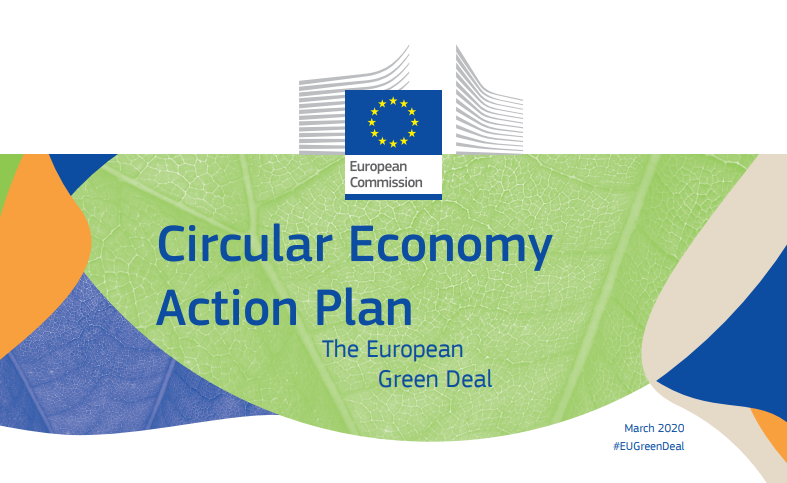The European Commission publishes the New Action Plan for the Circular Economy, with specific measures for packaging

This measures affects the entire production chain, including packaging which, as stated in the document “In 2017, packaging waste reached in Europe a record of 173 kg per inhabitant”
On the 11th of March, the European Commission presented the New Circular Economy Accion Plan, within the framework of the European Green Deal, which aims to change how we consume and produce for the future, in order to achieve sustainability in the Union European. This Plan, which affects all European inhabitants, aims to create a healthier and greener environment or common space, while strengthening the rights of consumers.
The entities part of the EU will have to update their strategies to respond to the Action Plan that aims to improve the climate situation by 2050. This measures affects the entire production chain, including packaging which, as stated in the document “In 2017, packaging waste reached in Europe a record of 173 kg per inhabitant” . A series of guidelines have been established to make packaging reusable or recyclable by 2030, revising 94/62 / CE27.
On the one hand, the waste generated by the excessive amount of single-use packaging will be reduced, with specific legal measures.
The eco-design of packaging will also be promoted for reuse and recyclability. Therefore, it will be establish “restrictions on the use of some packaging materials for certain applications, in particular where alternative reusable products or systems are possible or consumer goods can be handled safely without packaging“, afirm.
Likewise, the complexity of the packaging will be worked on, as well as their composition, the polymers used and the quantity of materials present.
In addition to these measures, the European Commission is also studying the possibility of offering drinking water in public places, thus reducing the consumption of water bottles and their corresponding waste, as well as EU-wide labelling that facilitates the correct separation of packaging waste at source, especially the safe recycling into food contact materials of plastic materials other than PET.
All these restrictions and many others that affects to: Electronics and ICT, Batteries and Vehicles, Plastics, Textils, Construction and Buildings and Food, Water and Nutrients; are included in the Plan that advocates transversal initiatives that reduce the amount of total waste and promote circularity in service of citizens.
Collaboration and monitoring of the indicators set will be key to achieving the planned objectives. And it is that, they assure that: “A recent study estimates that applying circular economy principles across the EU economy has the potential to increase EU GDP by an additional 0.5% by 2030 creating around 700 000 new jobs [1]“.
The path to the circular economy is inevitable if we really want a just and sustainable transformation of society. As a tool for strategic change, the cluster and its members have part of the responsibility in the transition towards this new economic model.
----
[1] Cambridge Econometrics, Trinomics, and ICF (2018), Impacts of circular economy policies on the labour market.